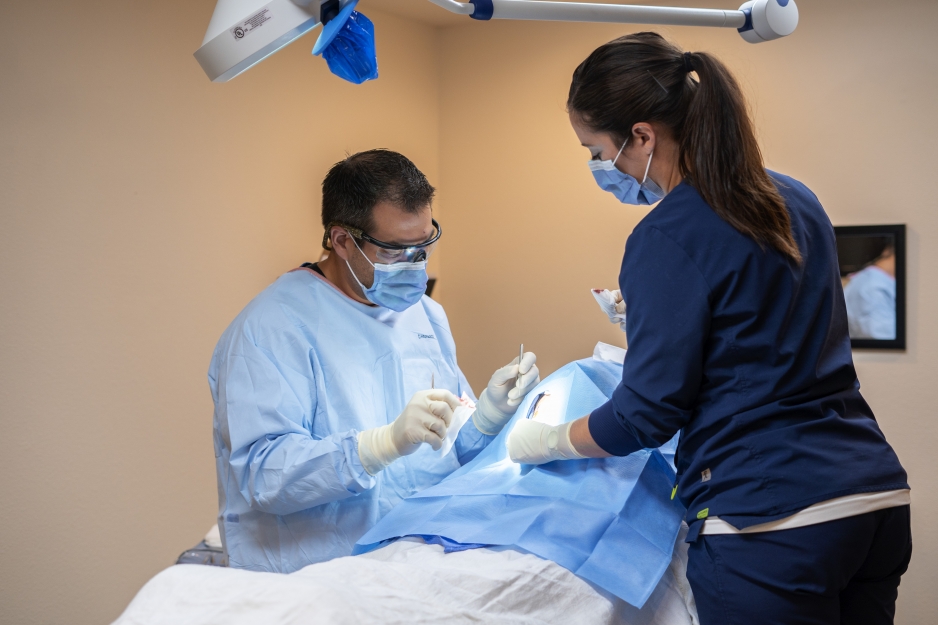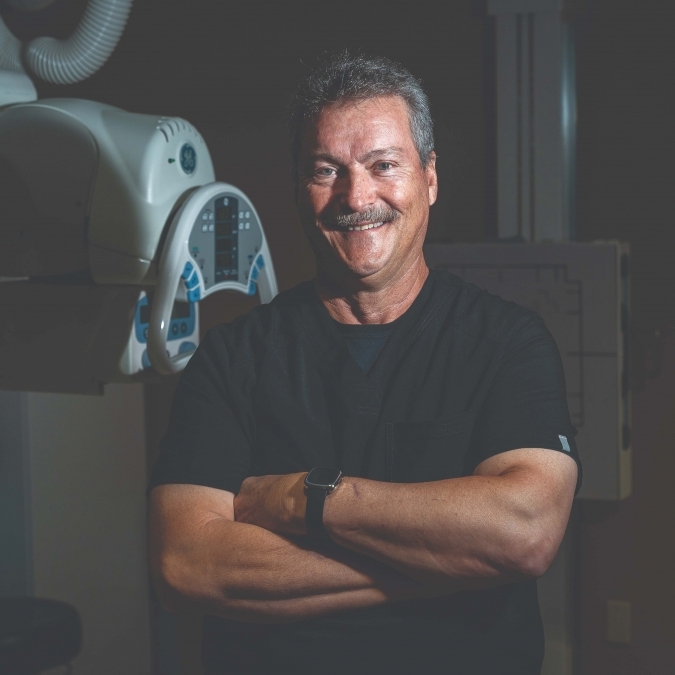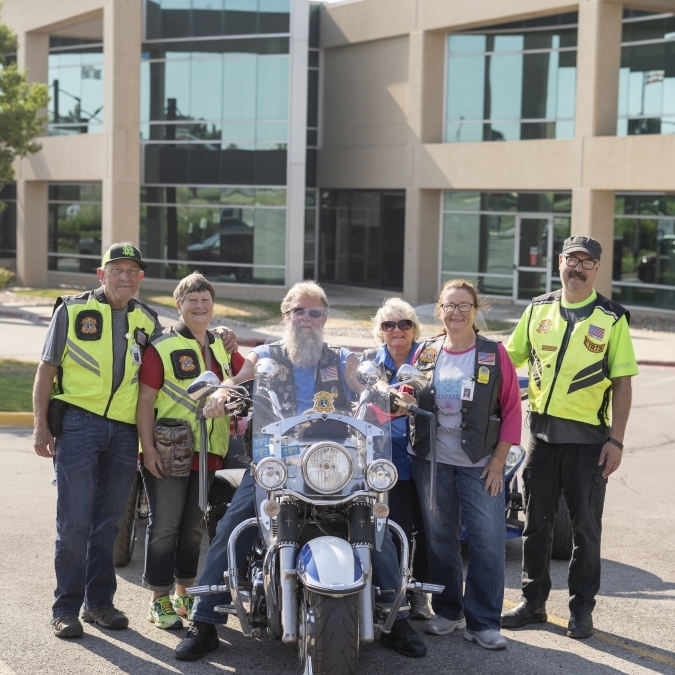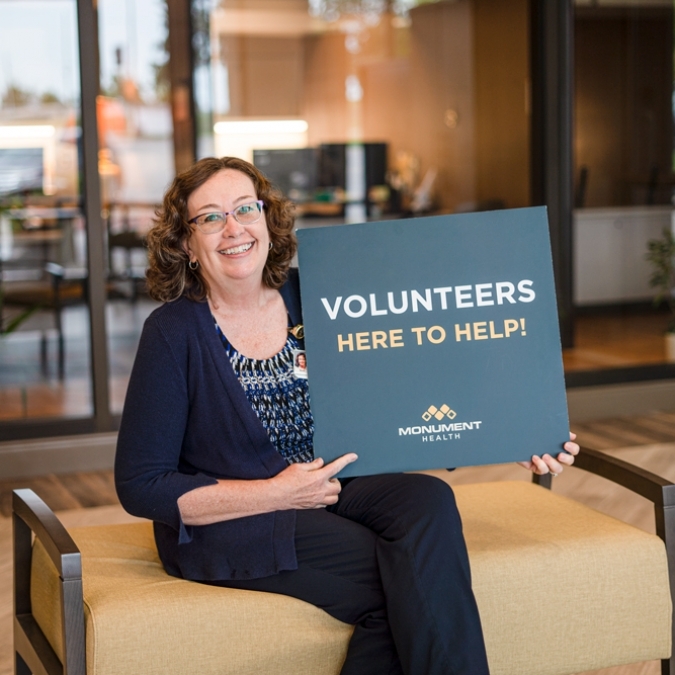We’ve heard that “sunburns of youth” can come back to haunt you. What exactly does that mean?
Dr. Knutsen-Larson: Research shows that if you’ve had more than 10 significant sunburns before age 18, your risk of skin cancer in adulthood is much greater. Skin damage occurs early, even if it doesn’t show up until later on.
At what age do we need to start thinking about skin damage?
Dr. Knutsen-Larson: As soon as possible. I tell parents that if they start protecting their kids from sun exposure when they’re young, they will get into the habit of wearing long sleeves, “rash guards” and sunscreen. It’s as important as seatbelts.
How do you protect yourself?
Dr. Gasbarre: Wear sunscreen, at least SPF 30, whenever you’re outdoors. And reapply it every two hours -- or after swimming or sweating -- to make sure it’s still doing its job. You can also wear sun protective clothing, ultraviolet protective factor (UPF) fabrics, wide-brimmed hats and long-sleeve shirts. Baseball caps, by the way, don’t shield your ears, a favorite target of skin cancer. If possible, avoid gardening, yard work or other direct sunlight chores between 10 a.m. and 4 p.m.
In the winter, when the sun is lower in the sky, is there less danger of UV exposure?
Dr. Gasbarre: Direct sunlight is not a requirement for UV damage. When you’re on a ski slope, for instance, the sunlight reflecting off the snow can greatly increase your exposure. Also, light clouds won’t block out the UV rays in sunlight.
Is there anything about West River South Dakota that makes skin cancer more of a concern?
Dr. Knutsen-Larson: This region’s altitude is a factor. Higher altitudes bring greater exposure to ultraviolelight. With every 1,000-foot gain in altitude, your exposure increases 5 to 8 percent. Rapid City is about 3,200 feet. Lead is another 2,000 feet higher, so your UV exposure would be 10 to 16 percent greater in Lead.
How do you know if you already have skin cancer?
Dr. Gasbarre: Checking your skin for suspicious changes can help detect skin cancer at its earliest stages. Do it often, and if you see changes in your skin — like irregularly shaped moles or lesions, or areas that don’t heal — make an appointment with a dermatologist. Early detection of skin cancer gives you the greatest chance for successful skin cancer treatment. If you’re prone to skin cancer — for instance if you have a lot of moles or a family history of skin cancer — an annual skin check is a good idea.
Dr. Knutsen-Larson: Don’t neglect the pale, protected areas that see no sunshine. You can get skin cancer anywhere on the body.
What are the most common types of skin cancer?
Dr. Gasbarre: The three most common types of skin cancer are basal cell carcinoma, squamous cell carcinoma and melanoma. Basal cell and squamous cell carcinomas are more common. Melanoma is aggressive, more likely to spread to other parts of the body. It accounts for fewer cases, but more deaths.
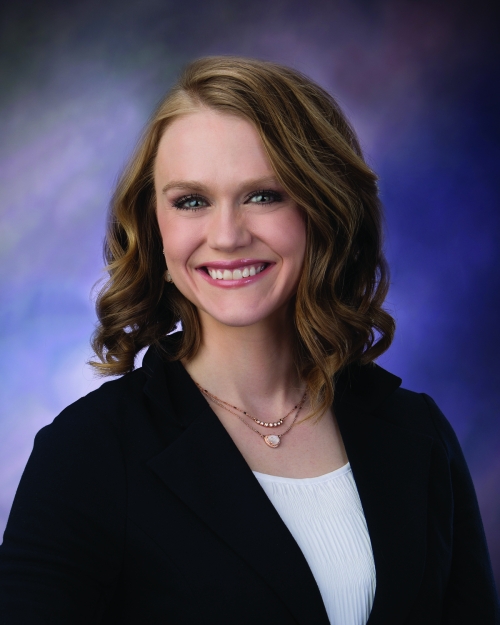
Siri Knutsen-Larson, M.D. Dermatologist Monument Health Fifth Street Clinic Rapid City Dr. Knutsen-Larson grew up in Rapid City and was always intrigued by the medical field. Her father, Roger Knutsen, M.D., had a long-standing dermatology practice in Rapid City, and she felt compelled to follow in his footsteps. Her expertise includes medical, surgical and cosmetic dermatology with specialized interests in pediatric and pregnancy related dermatology.

Christopher Gasbarre, D.O. Dermatologist Monument Health Dermatology Spearfish Dr. Gasbarre is a boardcertified dermatologist and Fellow of the American College of Mohs Surgery who practices in Spearfish. He enjoys treating any and all conditions of the skin, but is particularly interested in the treatment of skin cancer. He has published and edited numerous articles and book chapters, as well as lectured internationally.
Skin cancer is treatable, but more importantly, it’s preventable
